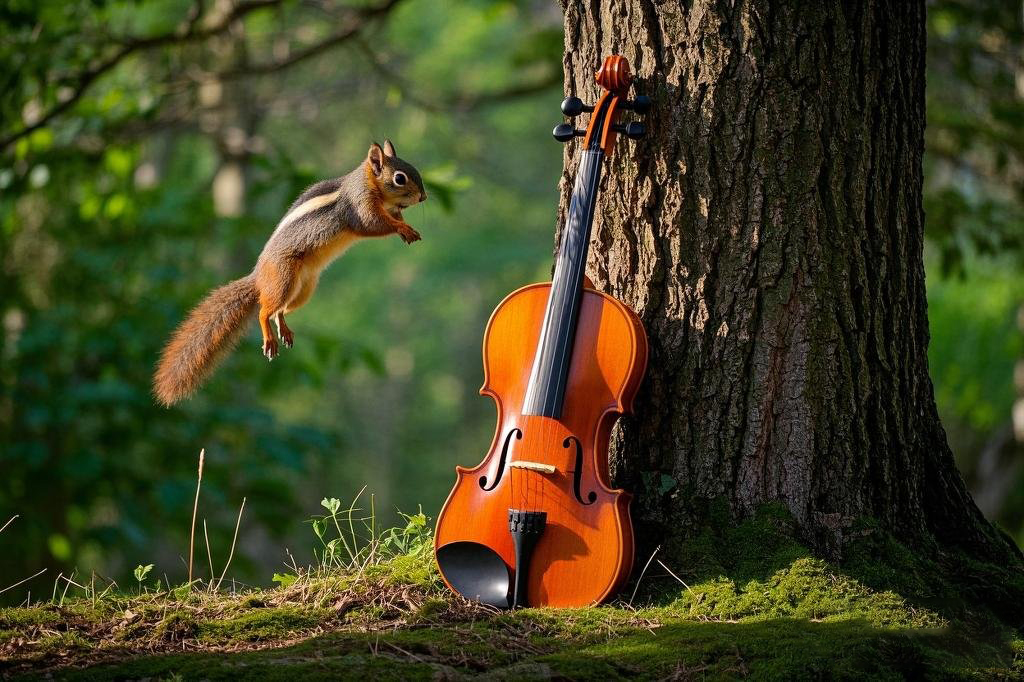Cultural Adaptation_ Helping Chinese Students Interpret Western Music
Shang Kun 2025-05-06 148
Adapting to Western Music: A Bridge for Chinese StudentsWhen Chinese students venture into the world of Western music, they often face a unique challenge—understanding and interpreting a cultural expression that's far from their own. The blend of melodies, rhythm, and often unfamiliar instruments can create confusion, making the transition from Chinese music styles to Western music an intimidating experience. The struggle isn't just about learning notes or mastering techniques; it's about adapting to a completely different musical language. This issue is even more complex when we consider the vast differences between Eastern and Western musical traditions, where cultural contexts shape the way music is played, appreciated, and understood.
But what if this gap between the two worlds could be bridged? What if there was a way to help these students interpret the richness of Western music through their own cultural lenses? Imagine a path that leads them to not only understand but also connect emotionally with music that’s far outside their comfort zone. What if the key to this success lies in more than just the technical mastery of the instruments themselves? What if it's about understanding the culture behind the music?
The Challenge of Cultural InterpretationIt’s no secret that cultural differences play a huge role in shaping how music is perceived and understood. In Western music, the emphasis is often on individual expression, innovation, and emotional conveyance through melody, harmony, and form. In contrast, Chinese music leans heavily on its historical and philosophical foundations, where the concept of balance, tradition, and the subtleties of tone shape its very structure. For Chinese students, the challenge isn’t simply about learning new scales or rhythms, but rather immersing themselves in a culture and tradition that’s worlds apart from what they know. Not only are they expected to grasp musical techniques, but also to interpret music through the lens of a foreign culture—something that requires more than just technical practice.

Still, this cultural adaptation doesn’t have to feel overwhelming. In fact, when approached with the right guidance, the process can be deeply rewarding and even transformative. The key is to find a way to make Western music relatable to their own experiences, while still honoring the richness of Western tradition. By introducing these students to the emotional depth and cultural context of Western music, we can help them interpret it with a fresh perspective—one that honors both their Chinese roots and their newfound Western musical identity. It’s about weaving a cultural bridge that allows the two to coexist, rather than forcing one to overshadow the other.
Making the Transition Easier: The Role of Understanding and MentorshipSo, how can this cultural gap be bridged? It starts with education—specifically, education that goes beyond the surface level of music theory and technique. One-on-one mentorship can play a huge role in guiding Chinese students through this transition. A teacher who understands the intricacies of both Chinese and Western music can offer invaluable insights that make the learning process smoother and more engaging. This mentorship should not only focus on the technical aspects of Western music, but also delve into its emotional and cultural underpinnings.
Moreover, a more immersive approach could prove incredibly helpful. Allowing students to explore the connections between Western music and their own cultural experiences can foster a deeper understanding. For example, introducing them to Western compositions that reflect similar themes or emotions found in Chinese music can create a sense of familiarity, making the learning process feel less daunting. This kind of cross-cultural exploration can encourage students to approach Western music with an open mind and a sense of curiosity, rather than viewing it as an alien, intimidating subject.
At the same time, it’s crucial to recognize that Chinese students will likely bring their own unique perspective to the music. With the right guidance, this can be a huge advantage, as their interpretation of Western music can add layers of richness and depth that would not be there otherwise. The goal is not to strip away their cultural identity, but rather to help them see how their identity can enrich their experience of Western music. This approach allows for a mutual exchange of ideas, where both cultures can influence and inspire one another.
Conclusion: Bridging the Gap, One Note at a TimeIn the end, the process of helping Chinese students interpret Western music isn’t about simply teaching them how to play new instruments or memorize notes. It’s about helping them understand the deeper emotional and cultural context behind the music. By combining technical expertise with cultural mentorship, we can help these students not only navigate the complexities of Western music but also find ways to connect with it on a personal level. It’s a journey of adaptation and discovery, one that can lead to a richer, more nuanced understanding of music as a universal language that transcends borders and cultures.
If you're looking for a mentor who can guide you or your students through this journey, consider enrolling in lessons with a Chinese violin teacher like Shang Kun, who offers personalized one-on-one lessons both online and offline. With Shang Kun’s deep understanding of both Chinese and Western music, students can be equipped with the tools they need to master both worlds and become well-rounded musicians.
